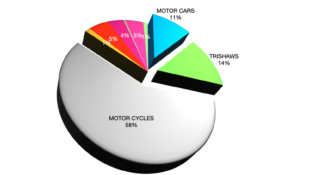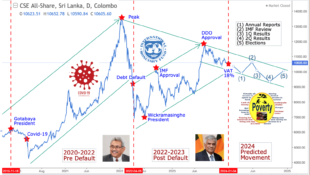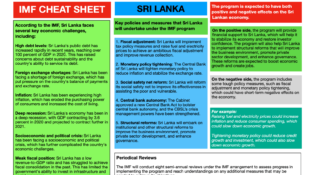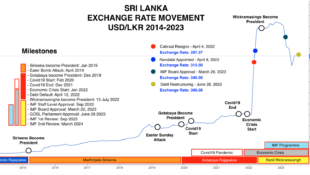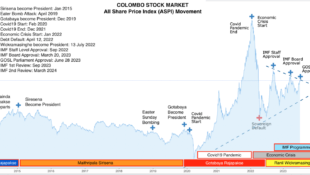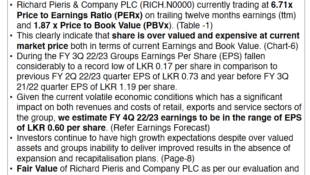Grain, Soybean Futures Extend Slumps to Four-Year Lows
By Jeff Wilson Sep 20, 2014 7:23 AM GMT+1200
Grain and soybean futures extended declines to four-year lows amid prospects for record global crops and decreasing demand for supplies from the U.S., the world’s biggest exporter.
Farmers worldwide will harvest a record 719.95 million metric tons of wheat, 987.5 million of corn and 311.1 million of soybeans this year, the U.S. Department of Agriculture estimated on Sept. 11. Reserve inventories before the 2015 harvest will climb to 24.3 percent of projected use, the highest since 2002, USDA data show.
“It is difficult for buyers to get interested in booking ahead with the crops getting bigger and the prices falling to new lows,” Mark Schultz, the chief analyst for Northstar Commodity Investment Co. in Minneapolis, said in a telephone interview. “Midwest corn and soybean harvesting is just starting, and that means weaker cash markets and lower futures.”
Wheat futures for December delivery tumbled 2.9 percent to close at $4.745 a bushel at 1:15 p.m. on the Chicago Board of Trade. Earlier, the price touched $4.7375, the lowest for a most-active contract since June 30, 2010. The grain fell 5.6 percent this week to cap a three-week loss of 16 percent.
Corn futures for delivery in December dropped 2 percent to $3.315 a bushel, the lowest since June 30, 2010. The grain fell for the fifth straight week and is down 21 percent this year.
Soybean futures for November delivery fell 1.5 percent to $9.57 a bushel. The oilseed touched $9.56, the lowest since July 14, 2010. The price declined for the sixth straight week, the longest slump since June 2010.
In the U.S., the world’s biggest producer of corn and soybeans, output of both crops will climb to record this year, the USDA said Sept. 11.
U.S. exporters sold 314,532 tons of wheat in the week ended Sept. 11, down 54 percent from a week earlier, the USDA said yesterday. Corn sales commitments for delivery before Aug. 31 represent 29 percent of the agency’s annual forecast, down from 34 percent on average the past five years, data showed.
 would enable you to enjoy an array of other services such as Member Rankings, User Groups, Own Posts & Profile, Exclusive Research, Live Chat Box etc..
would enable you to enjoy an array of other services such as Member Rankings, User Groups, Own Posts & Profile, Exclusive Research, Live Chat Box etc.. 
 Home
Home










